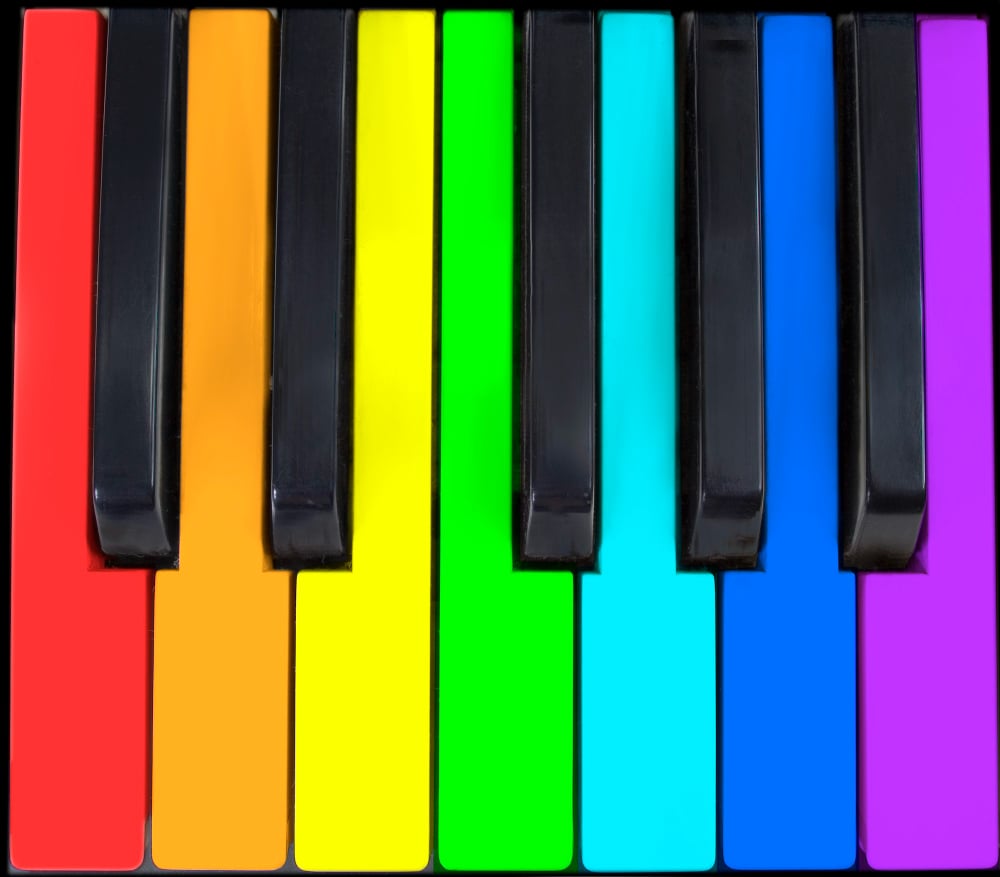When I first learned how to play chords in the context of playing songs that I loved by ear, I was absolutely ecstatic! It took some time for me to find my groove and get comfortable moving around from root position chord to root position chord. After some time, I began to find myself a little bit bored and wanted to add something extra to the sounds I was creating. Here is a quick and easy way that you can add some “sparkle” to the chords you are playing.

Consider the outer (1 and the 5) notes of your root position triad or chord to be the “shell” of your chord. Now guess what?! All the notes that lie between the 1 and the 5 are going to sound great when used correctly! Keeping the 1 and the 5 consistent will create a perfect boundary for your exploration that will ensure that the sounds you make are pleasing.
You can begin by playing the outer notes of your chord and then experiment with the notes in between them.
For example in the case of a G chord you’ve got G and D as your shell.
You can play G-A-D and that will sound great! This is called a sus2 chord. You can play G-C-D and that sounds great too! This is called a sus4. You can then resolve these back to your standard G-B-D major triad and things sound complete.

Now we can take this to the next level by moving quickly between those notes to create a sort of trill or sparkly sound. If you play your G-A-D and hold the G and the D while you move your A to a B, you are going to get a really neat sound. You can do this as quickly or as slowly as you like to create a sound that suits you and the song you are playing best!
The video above demonstrates this so that you can get a visual and auditory reference. Keep in mind that I’ve just shown a few examples of the possibilities! It is up to you to explore and find the sound that feels best for you and the music that you are making!

Happy playing,
Lisa
Lisa Witt has been teaching piano for more than 20 years and in that time has helped hundreds of students learn to play the songs they love. Lisa received classical piano training through the Royal Conservatory of Music, but she has since embraced popular music and playing by ear in order to accompany herself and others. Learn more about Lisa.
/marketing/pianote/promos/april/banner-bg-m.webp)
We use cookies for traffic data and advertising. Cookie Policy »
/marketing/pianote/promos/april/banner-title.webp)